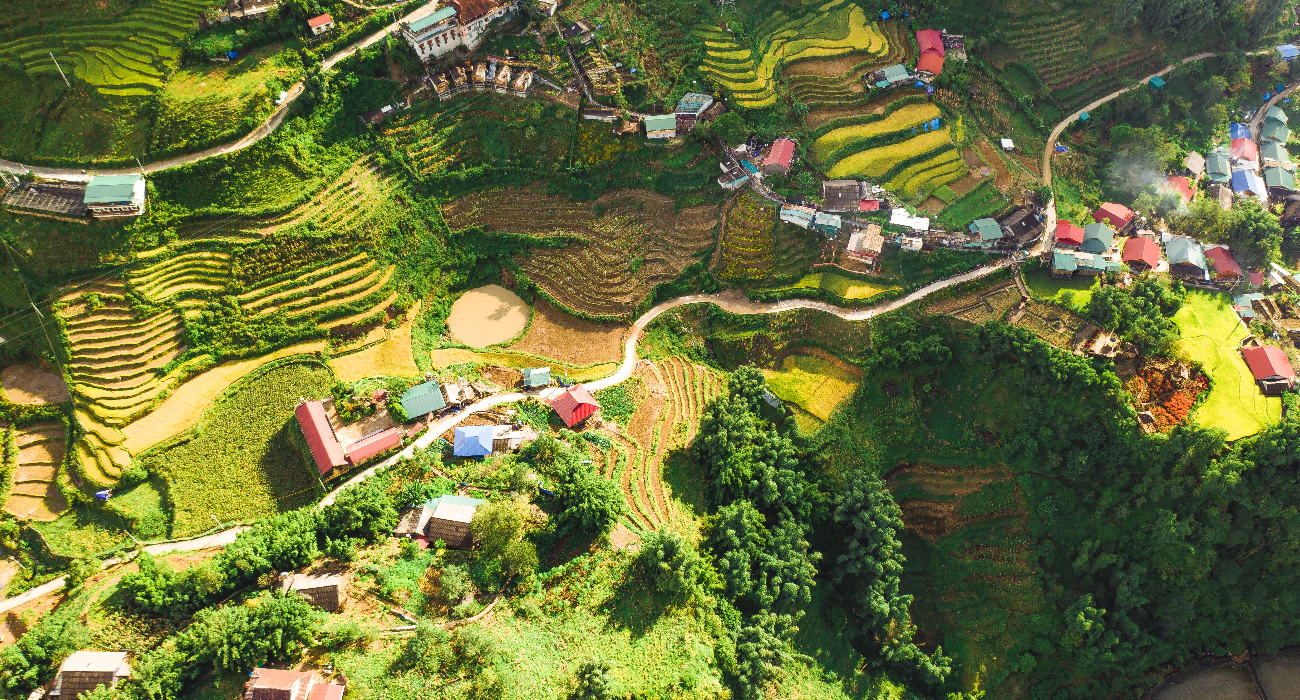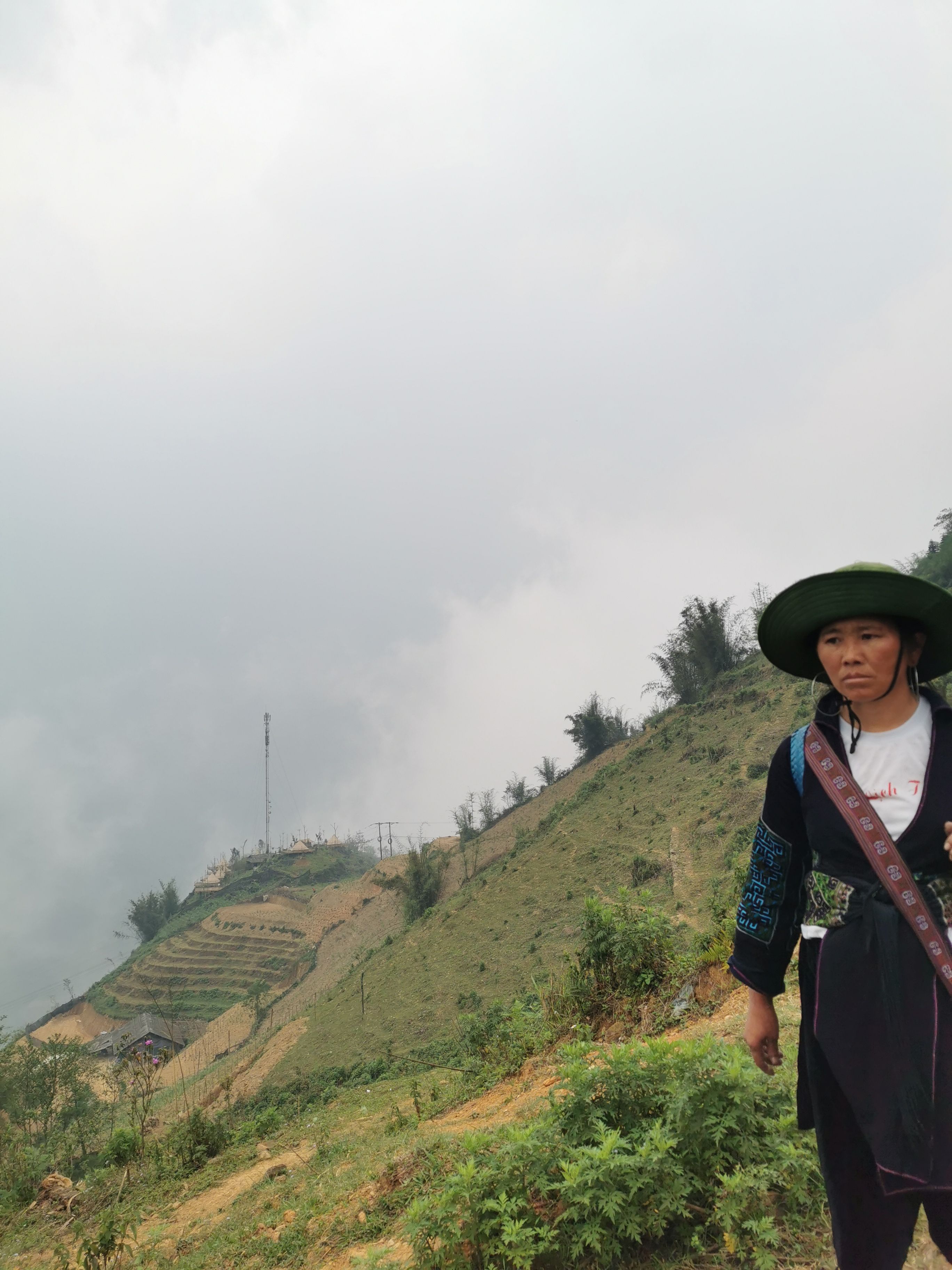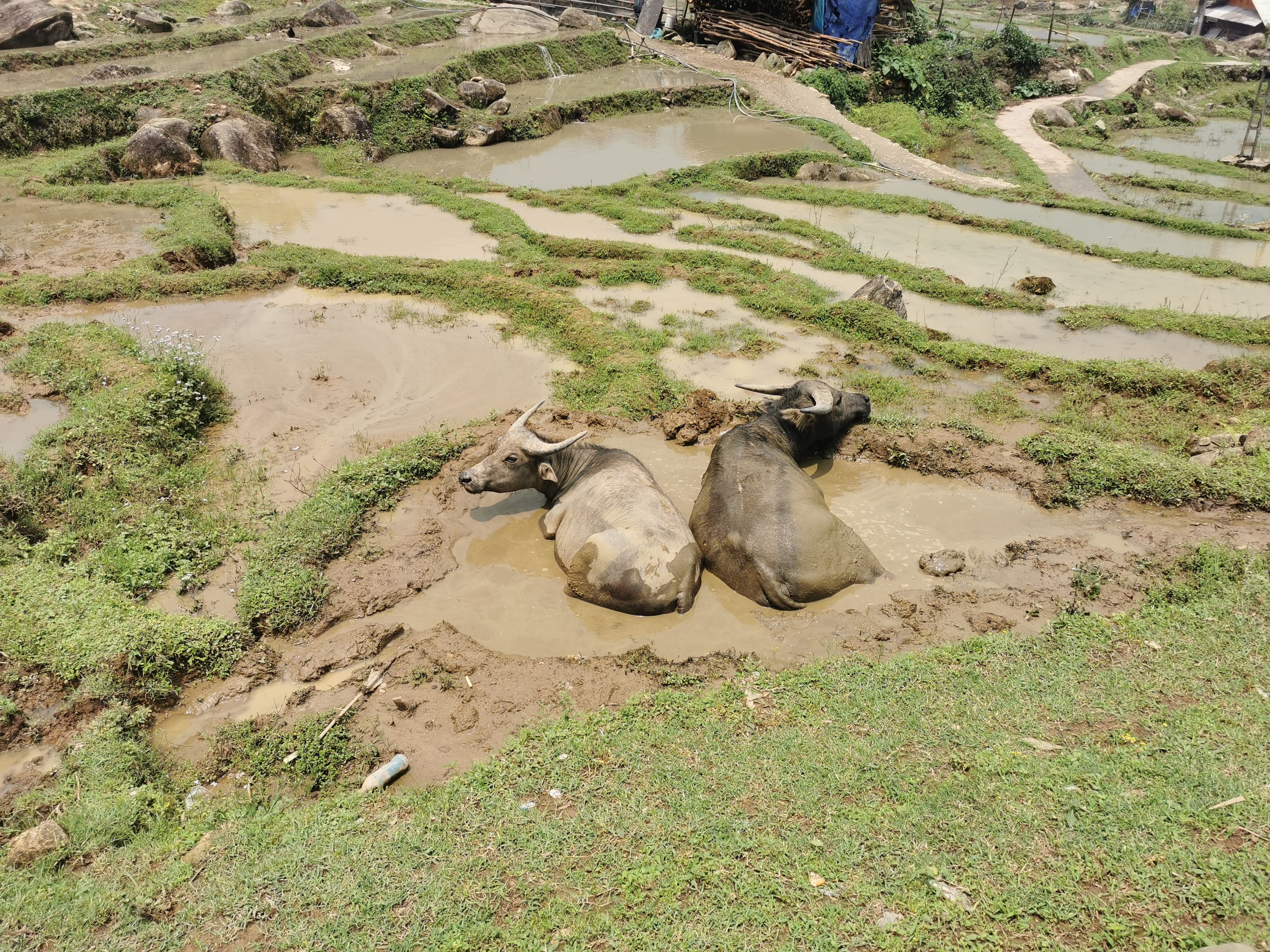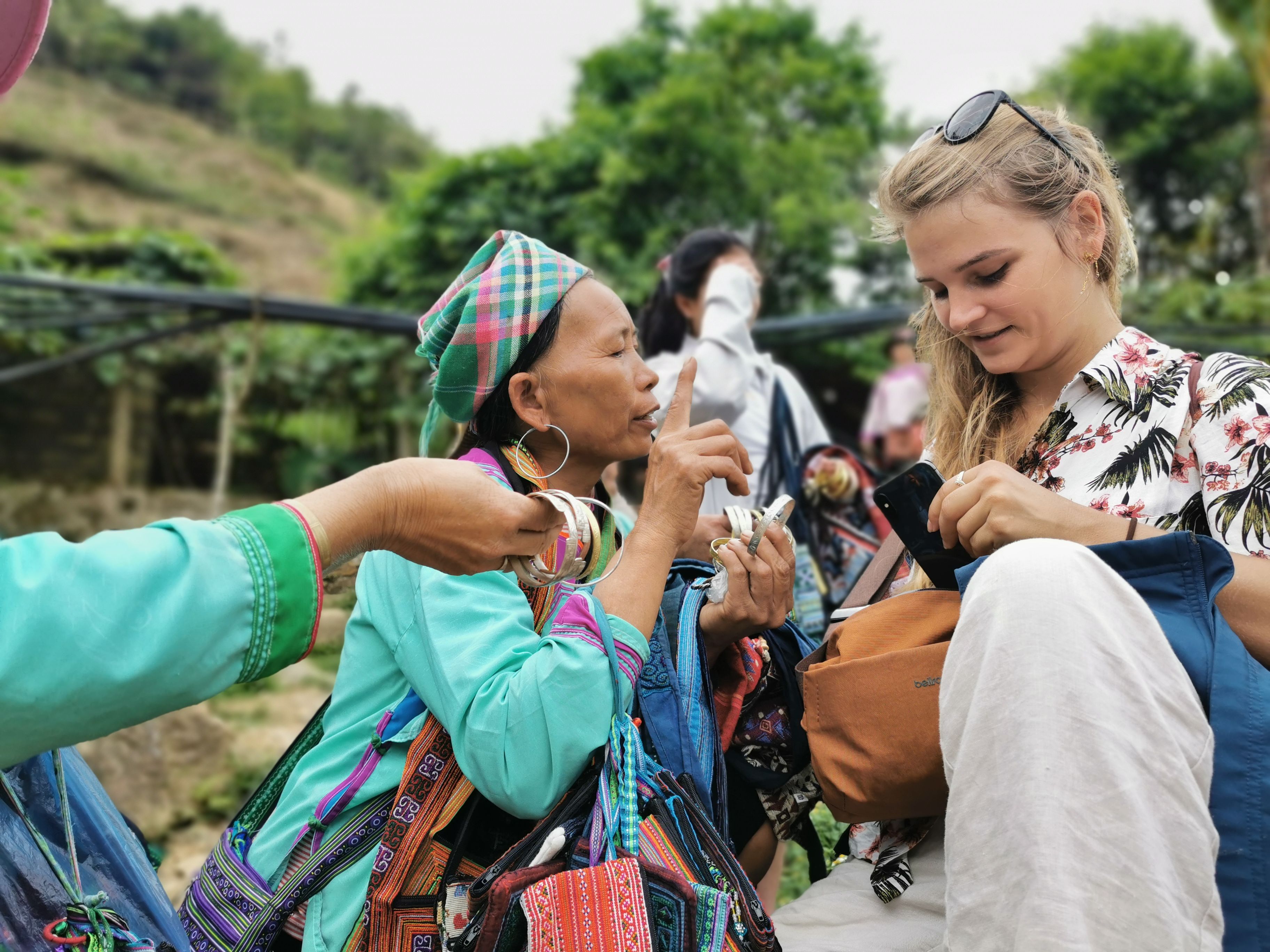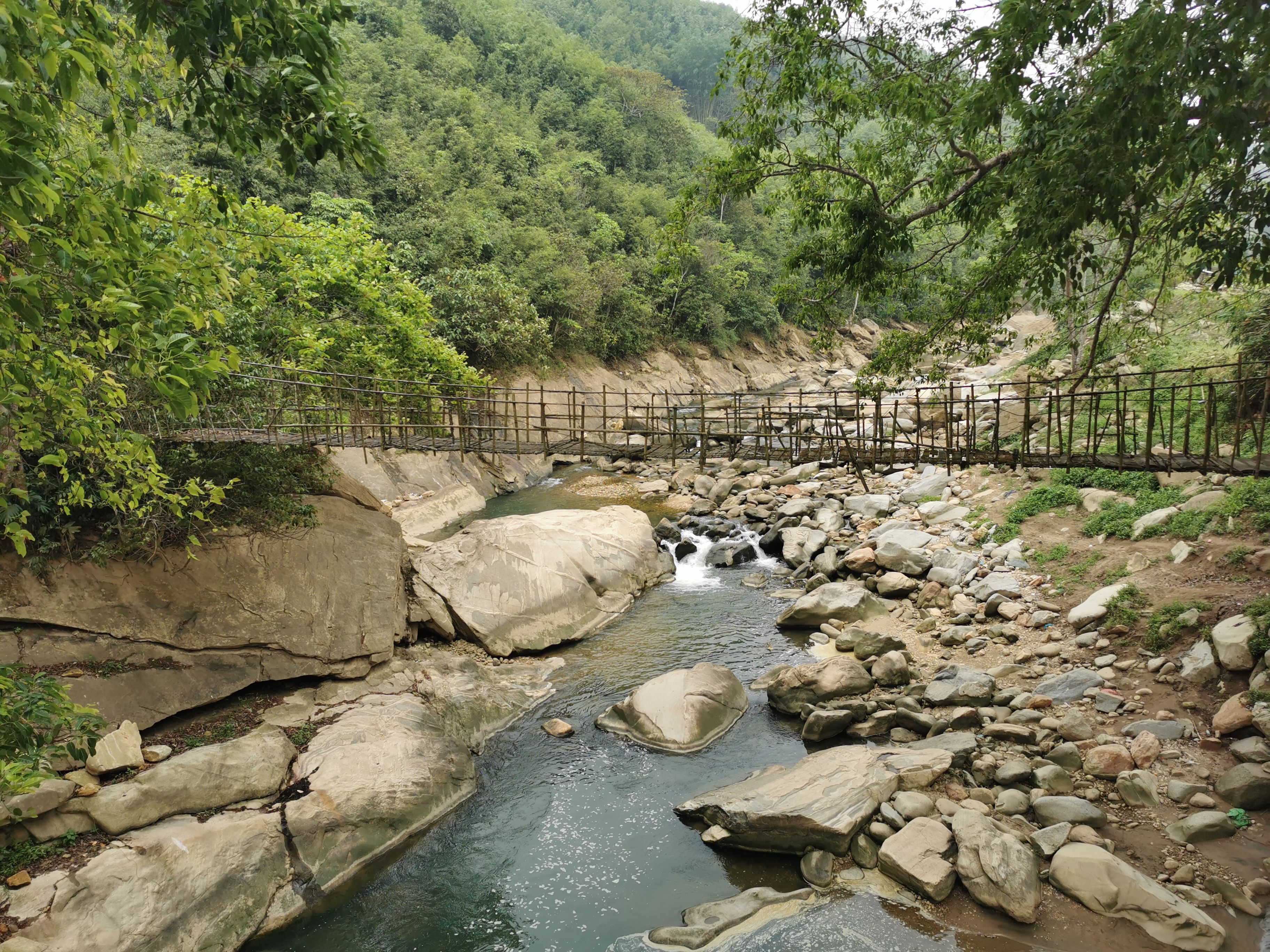Quick Links
Vietnam is a country of countless wonders - it has everything from mystical bays (like Ha Long Bay), to pristine tropical beaches (like Phu Quoc), to bustling night markets, to timeless mountain villages and rice fields. One of the many excellent places to visit is the northern remote mountainous town of Sapa (also spelled Sa Pa).
Sapa is a famous tourist destination to see the mountainous rice fields and the traditional way of life of Vietnam's ethnic minorities. Visitors get to see a bamboo forest and some of the most picture-perfect landscapes in Southeast Asia. But one of the main attractions is seeing the friendly local minority groups going about their daily lives in a world where little has changed over thousands of years (even if they now have mopeds, phones, Wifi, and some mechanical machines in aiding farming).
Why Trekking In Vietnam's Sapa Is A Must
Sapa is the main gateway town of the region (it has a population of around 60,000). The region around Sapa is protected in the Hoàng Liên National Park. This region is dramatic and includes metamorphose sediments with granitic intrusions. The valleys are densely inhabited, and the mountainsides are extensively terraced and cultivated. The Hoang Lien Mountains here mark the southeastern extent of the wider Himalayan chain formed from the collision of the Indian subcontinent with Asia.
Many of the mountainsides are impossibly steep and inaccessible. The region is arguably one of the most dramatic and rewarding to visit in all of Vietnam.
Most of the land here is above 1,000 meters (3,000 feet) above sea level and even though it is tropical, it can get chilly. It is not uncommon for clouds to descend around the town and villages and drizzle - so take some warm clothes regardless of how stifling hot the capital, Hanoi, may be. The main town of Sapa is 1,500 meters, 4,900 feet above sea level (it can even snow during the winter). There are 160 days of mist annually - so visitors may be greeted by clear blue skies lighting up the valleys or they may be greeted by misty days that make the valleys feel mysterious and unknown.
Sapa is located in the far north of Vietnam, close to the border with China, and includes Vietnam's highest peak - Fan Si Pan - which rises to 3,143 meters or 10,300 feet above sea level.
Sapa - The Home Of Timeless Vietnam Minority Groups
The traditional ethnic minorities that inhabit the mountains and valleys around Sapa include the Hmong, Dao (Yao), Giay, Xa Pho, and Tay. Of these, the main minority groups of the area as the Hmong (52%) and the Dao (25%). The stable food in the valleys here is rice and corn.
Visitors see the villagers (mostly the men) tending to the terraced mountainsides and rice fields - often with water buffalo, just as they have done for thousands of years. The tourists are led in groups along the mountain trails through the villages and farmers' fields, normally by the women. The women generally dress in their traditional clothes and entertain the tourists. They also make a range of traditional crafts (like bracelets, earrings, and clothes) to sell to tourists.
The villages around Sapa are very poor, and the tourists are appreciated as one of the very few ways for the villagers to make at least a few dollars. Don't be overwhelmed if a whole group of people presses with their wares after showing some interest in someone else's wares. This is the perfect time for tourists to practice their haggling skills.
What To Know About Trekking In Sapa Packages
Guided all-inclusive packages (except for drinks) are offered by many travel agencies in the capital of Hanoi. The tour package includes pick up from one's hotel with a sleeper bus and travel to Sapa. From there, visitors are picked up by their local tour guide (likely an English-speaking woman from the village), who then guides the group through the mountain trails to her village, where they spend the night in a village guesthouse. The trekking for the day is normally around four hours.
- Cost: $25-40 Per Person Per Day
Generally, tourists leave the bulk of their belongings in a hotel in Sapa and only take a day bag with what they need for the one or two, or three days of trekking in the villages. Two days of trekking (and one night) is generally a good amount of time to get the feel of the valley and area.
Tourists can choose to take a guided tour or just go and explore by themselves, but if it is one's first time, a guided tour is probably the best option. Regardless, Vietnam is a great first-time-friendly destination to visit in Southeast Asia.

